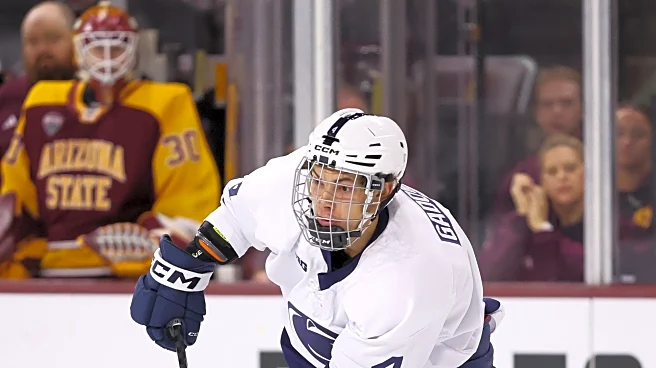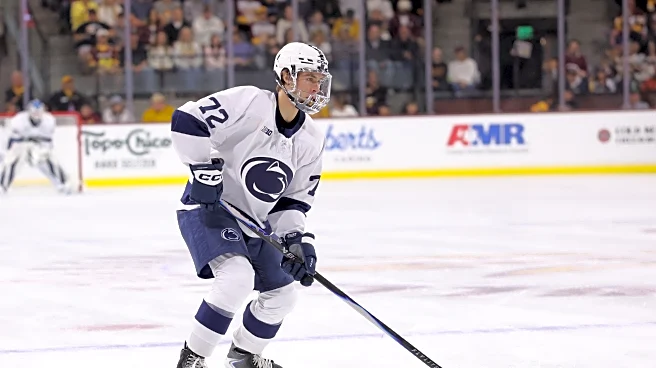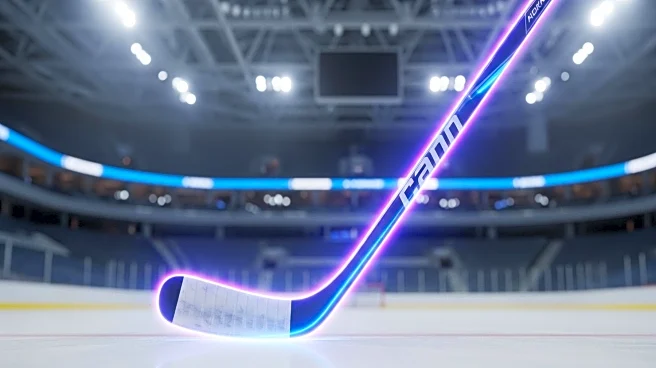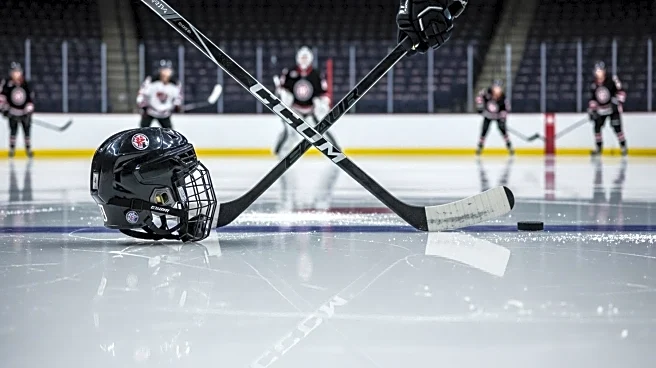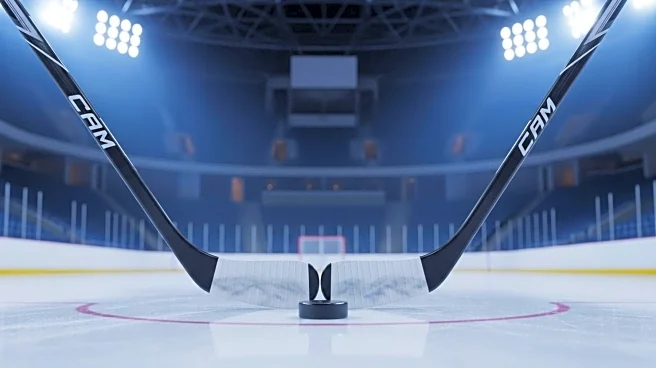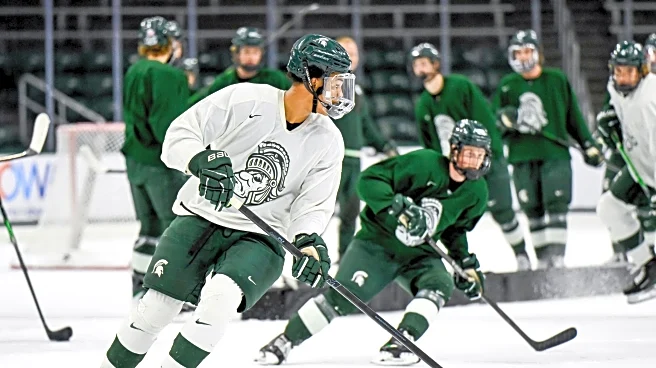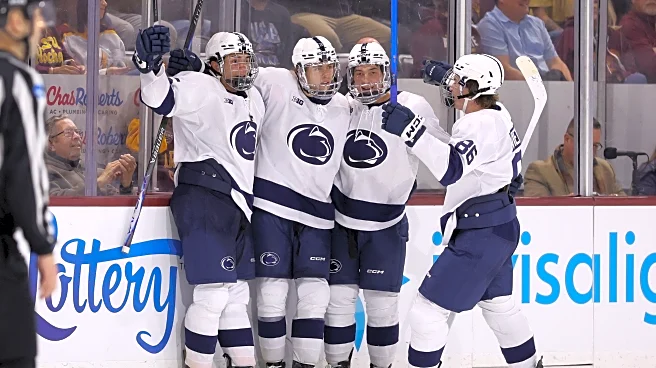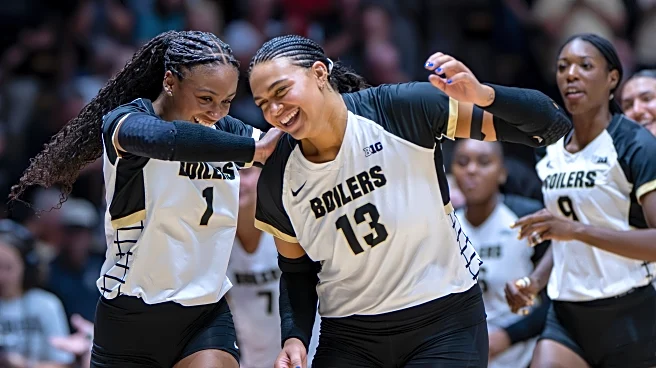Penn State took an uncharacteristic five penalties in the third period of Saturday’s 4-2 win over No. 14 Arizona State. Five different players spent time in the penalty box in the final frame. Gavin McKenna
took a cross-checking penalty with 53 seconds left on a Penn State power play.
After an abbreviated 4-on-4, Matt DiMarsico and Anthony Dowd were called for coincidental minor penalties at the 5:00 mark- just as Arizona State began its power play time.
Penn State scored eight shorthanded goals last season, good for third in the NCAA. The Nittany Lions have an aggressive, high-risk/high-reward mindset on the penalty kill. It works well when they can disrupt the opposing team’s power play and force turnovers. The downside comes when skaters overpursue the puck, which leads to high-danger scoring chances for the opposition.
Because of the coincidental minor penalties, the ensuing faceoff moved to the neutral zone. Nic Chin-DeGraves wins the faceoff, and the puck comes back to Nick Fascia, who sends it all the way down the ice:
With possession of the puck behind their own net, the Sun Devils start their breakout. Penn State is using a 1-3 forecheck here. In a 1-3, one forward pressures the puck carrier in the offensive zone, while the other three skaters hang back in the neutral zone. Dane Dowiak applies pressure in the offensive zone, which forces ASU’s Sean McGurn to drop the puck back to Cullen Potter.
As Arizona State carries the puck into the neutral zone, you can see Penn State in its 1-3:

In case you hadn’t already noticed, the camera angle at center ice on the TV broadcast was not very good. There is another ASU skater near the top of the screen (you can see his skates above the score bug) and one more in the bottom left corner out of camera view.
Penn State’s 1-3 forecheck has formed a wall through the neutral zone. There is nowhere for Arizona State to pass the puck through the neutral zone without risking: 1) a turnover or 2) entering the offensive zone offside.
The Sun Devils are forced to dump the puck deep into the offensive zone. Penn State is anticipating this, as Nick Fascia is in the right position to retrieve the puck behind the net and push it alongside the wall to the half-boards.
This next image is the exact moment where Penn State’s penalty kill starts its counterattack:

Dane Dowiak has now won possession of the puck, shown in the black circle. Everyone above the red line- two Arizona State skaters and one Penn State skater- is now behind the play. This effectively creates a 3-on-3 situation, which is exactly what Penn State needs to start a counterattack the other way.
The 3-on-3 turns into a 2-on-2 rush as Dowiak passes to Nic Chin-DeGraves, who rushes in with Jarod Crespo. As Chin-DeGraves looks for a shooting lane, you can see Crespo lift the Arizona State defenseman’s stick. This gives Chin-DeGraves enough of a lane to shoot the puck with the defenseman unable to disrupt the shot with his stick.
Chin-DeGraves shoots, he scores:
Big Picture
Last year, Penn State was 79.7% on the penalty kill, 32nd in the NCAA. Arizona State’s power play was the best in the NCAA a season ago, converting nearly 30% of the time. On paper, this was a matchup nightmare for the Lions.
In the series, Penn State’s penalty kill was 11 for 12, about 92%. A large part of the success was Kevin Reidler making a bevy of high-danger saves, but timely work from the skaters and a good scheme netted the team a goal when it desperately needed one. The penalty kill will be instrumental to Penn State’s success this season.

